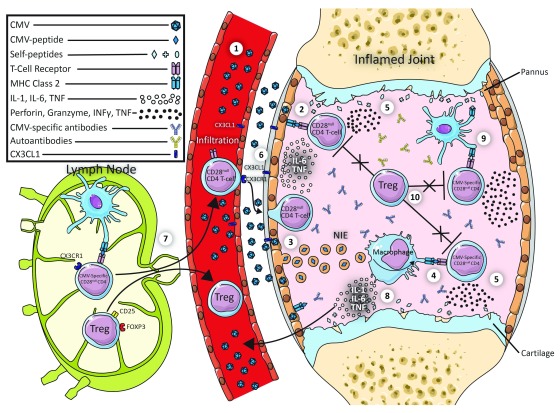Figure 1. Potential link between CD28null T-cells, CMV, and Autoimmunity.
(1) Endothelial cells (ECs) and synoviocytes can be infected by cytomegalovirus (CMV). (2) Synoviocytes may directly present CMV to CD28 null CD4 T cells in the context of class II major histocompatibility complex (MHC). (3) Synoviocytes may alternatively release non-infectious exosomes (NIEs) containing the CMV antigens (as shown for ECs). Antigen-presenting cells (APCs) will take up the NIEs and process the antigens to be presented on class II MHC. (4) APCs present CMV antigens to CMV-specific CD28 null CD4 T cells. (5) Activated CD28 null CD4 T cells produce interferon-gamma (IFN-γ) and tumour necrosis factor (TNF). (6) This in turn will up-regulate the expression of CX3CL1 on synoviocytes and ECs. (7) CX3CR1-expressing CD28 null CD4 T cells (and possibly regulatory T cells [Tregs]) travel from the lymph node to the inflamed joint (via the thoracic duct). (8) Interleukin-1 (IL-1) and TNF produced by activated macrophages cause tissue erosion and cartilage destruction. (9) Some CMV-specific CD28 null CD4 T cells may cross-react with self-antigens. (10) Activated CD28 null CD4 T cells evade suppression by Tregs and hence maintain an inflammatory state in the rheumatoid arthritis synovium.

